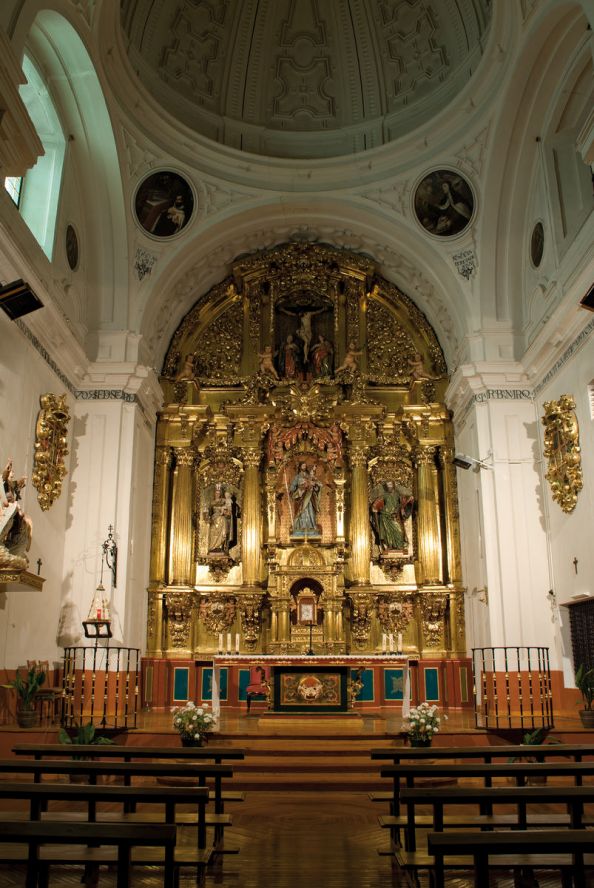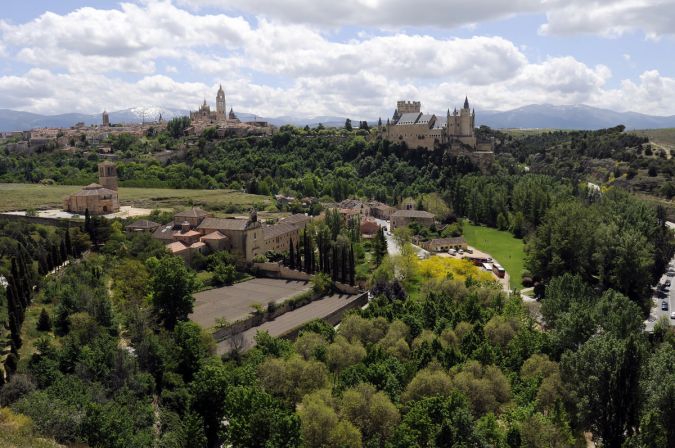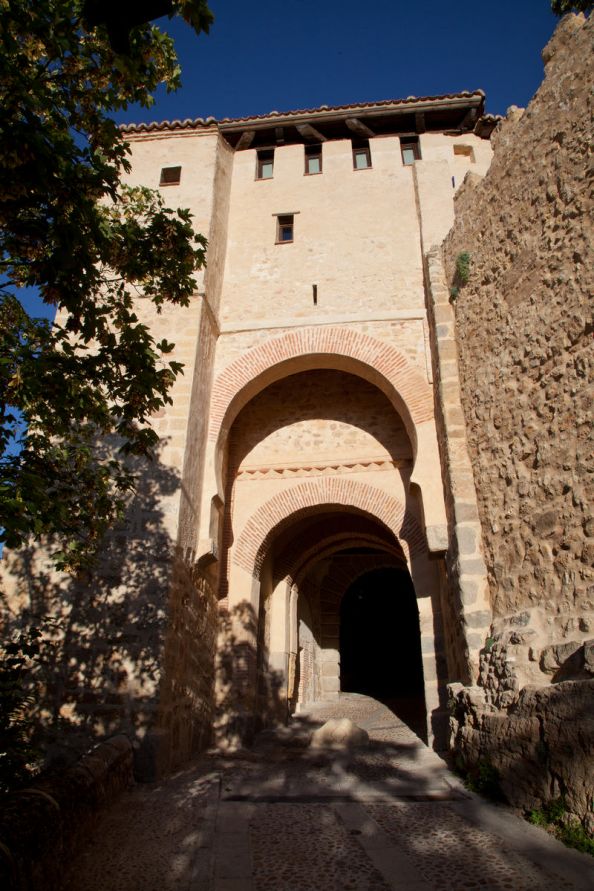Segovia
1574
In December 1985, the UNESCO included the ‘old town of Segovia and its Aqueduct’ in its list of World Heritage Cities.
Segovia is what it is because it was where Alphonso X studied the heavens. Because Quevedo drew inspiration from its places (and even its people) to write his El Buscón. Also because the city was where Queen Isabella I the Catholic was proclaimed Queen of Castile, one of the most important events in Spanish history. And because it was where the first book was printed in Spain.
Segovia has been made what it is by the mystics St John of the Cross and St Teresa of Jesus, as well as the brave soldiers Juan Bravo, El Comunero, Día Sanz and Fernán García, who conquered Madrid from the Moors. Segovia is also what it is thanks to the form and meaning of the words of María Zambrano; the walks, talks and classes given by Antonio Machado; Gómez de la Serna revealing ‘The Secret of the Aqueduct’ and Louis Proust investigating in the Royal Chemistry Laboratory near the Alcazar.
Segovia also had a busy Jewish quarter, with personalities as important as Abraham Senneor, senior judge of the Jewish quarters of Castile, and in its Moorish quarter, the ulema Iça de Gebir wrote his important work, the Kitab of Segovia or Breviario sunní, while the prior of the nearby Monastery of Santa Cruz, Tomás de Torquemada, breathed life into his ideas on cleaning up the religious environment.
Teresian Places
The convent in Segovia was the ninth to be founded by the Saint and it began by good fortune.
From Salamanca, where she received the licence, she arrived in our city in the evening of 18 March 1574 accompanied by five nuns, two of them from Segovia, the gentleman Antonio Gaitán, Julián de Ávila, priest, and Brother John of the Cross, Confessor at the Monastery of La Encarnación in Ávila.
Before dawn, they had moved into what is today number 5 on Calle Marqués del Arco; however, the Canon interrupted the mass that was being said by Brother John of the Cross and almost put an end to proceedings.
When the nuns from Pastrana arrived, there was no room left and they had to buy other houses on the same street and they are still there today. There in the Barefoot Carmelite Convent of San José, she started to write Las Moradas.
The Saint set off for Ávila at the beginning of October, but her memory remains in Segovia and is very much alive today.
Municipal Tourist Organisation
Centro de Recepción de Visitantes – Central de Reservas de Segovia
Azoguejo, 1
Tel. 921 466 720 / 21
From 14 October to 16 April, every day from 10:00 to 18:30.
From 17 April to 13 October, every day from 10:00 to 19:00.
www.turismodesegovia.com



